Art & Exhibitions
A New Show of Collage by African-American Artists Finds Multiplicity in Black Identity
The medium offers a site for meditations on subjects like collective history, cultural hybridity and gender fluidity.
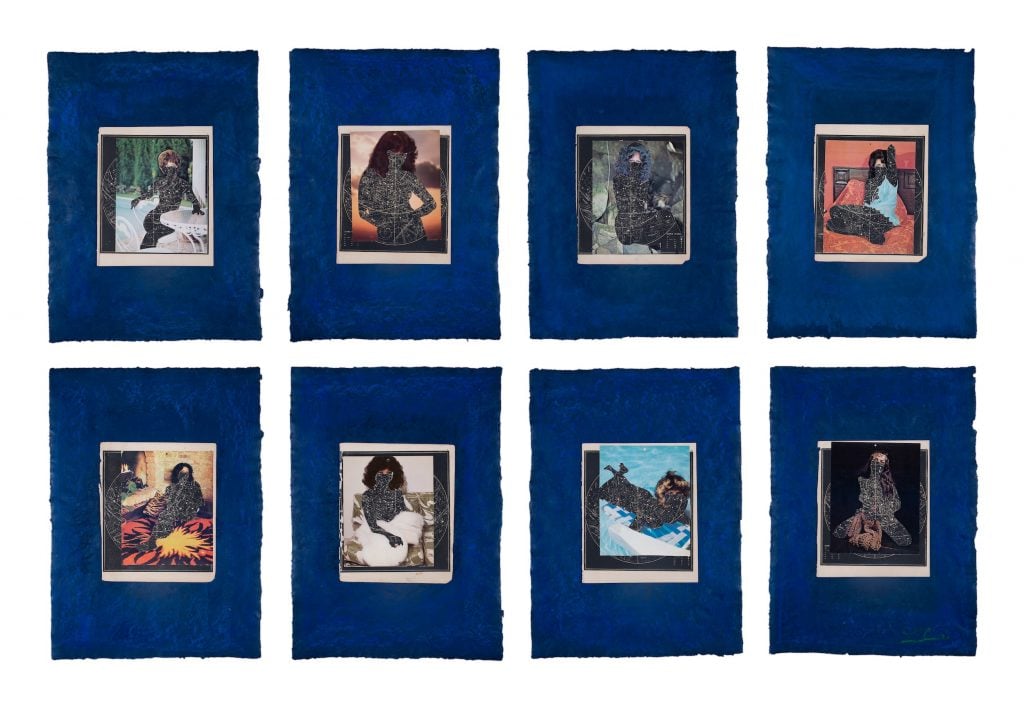
A museum exhibition opening in the nation’s capital this summer explores the ways that Black artists use the century-old medium of collage to treat subjects ranging from national heritage to sexual orientation, from notions of beauty to fragmentation and reconstruction.
“Multiplicity: Blackness in Contemporary American Collage” is billed as the first major museum exhibition devoted to contemporary collage and exploring the wide range of Black experience and identity in the U.S.
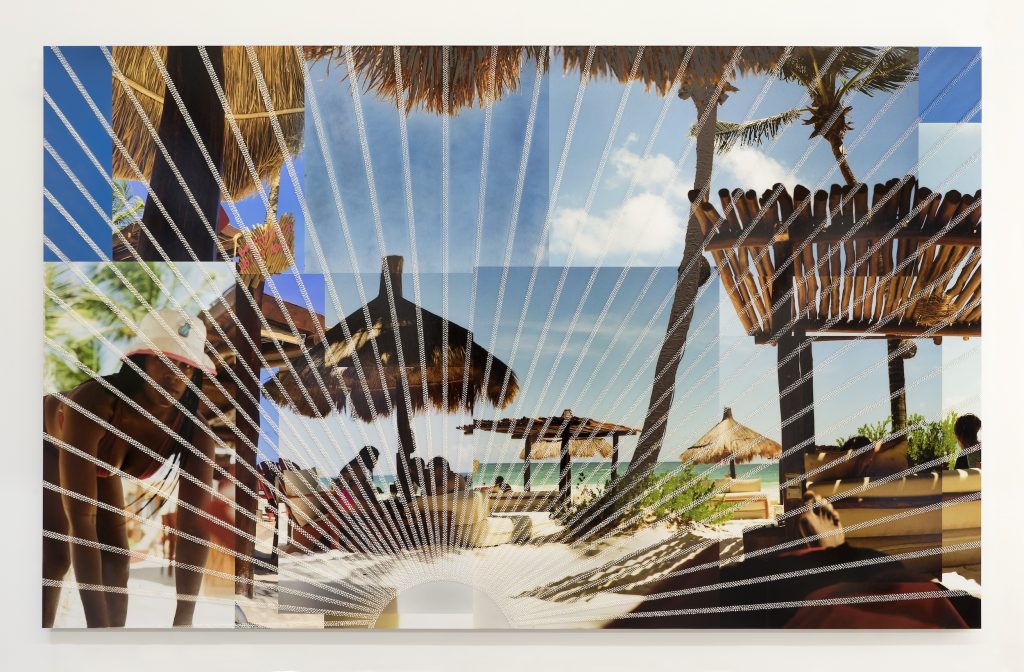
Paul Anthony Smith, The Tales of Tourism (2022-2023). Courtesy of the artist and Jack Shainman Gallery, © Paul Anthony Smith.
Taking place at the Phillips Collection, in Washington, D.C., it comprises more than 60 works by a multigenerational cohort of some 45 artists. The show was organized by the Frist Art Museum, in Nashville, Tennessee.
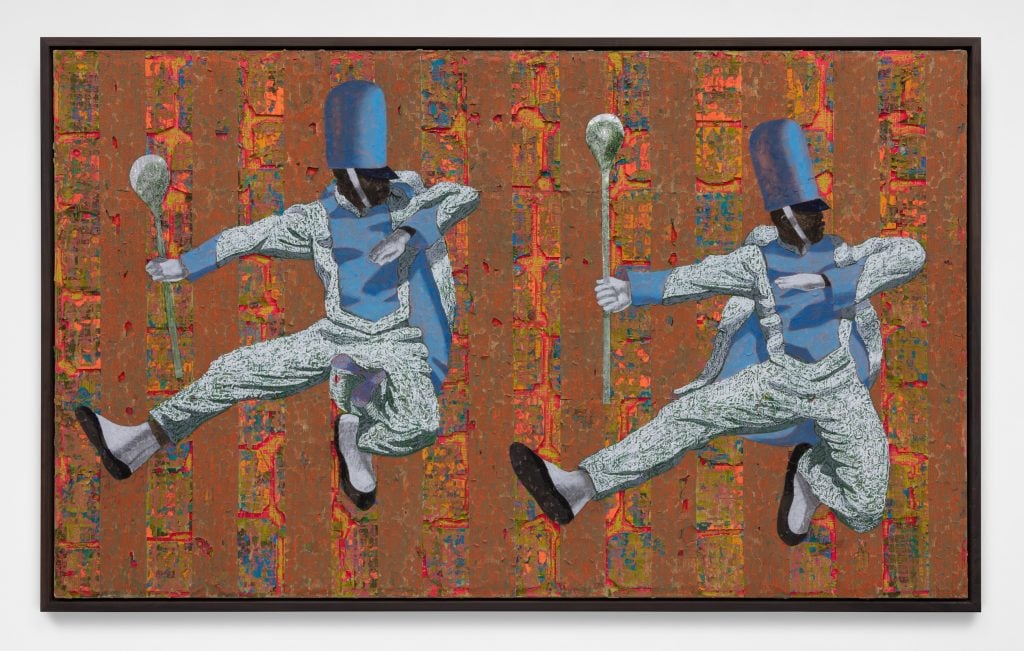
Derek Fordjour, Airborne Double (2022). Courtesy of the artist, David Kordansky Gallery, and Petzel Gallery. Photo: Daniel Greer. © Derek Fordjour.
“Multiplicity” includes a pantheon of stars including Sanford Biggers, Mark Bradford, Njideka Akunyili Crosby, Lauren Halsey, Rashid Johnson, Kerry James Marshall, Wangechi Mutu, Howardena Pindell, Lorna Simpson, Mickalene Thomas, and Kara Walker.
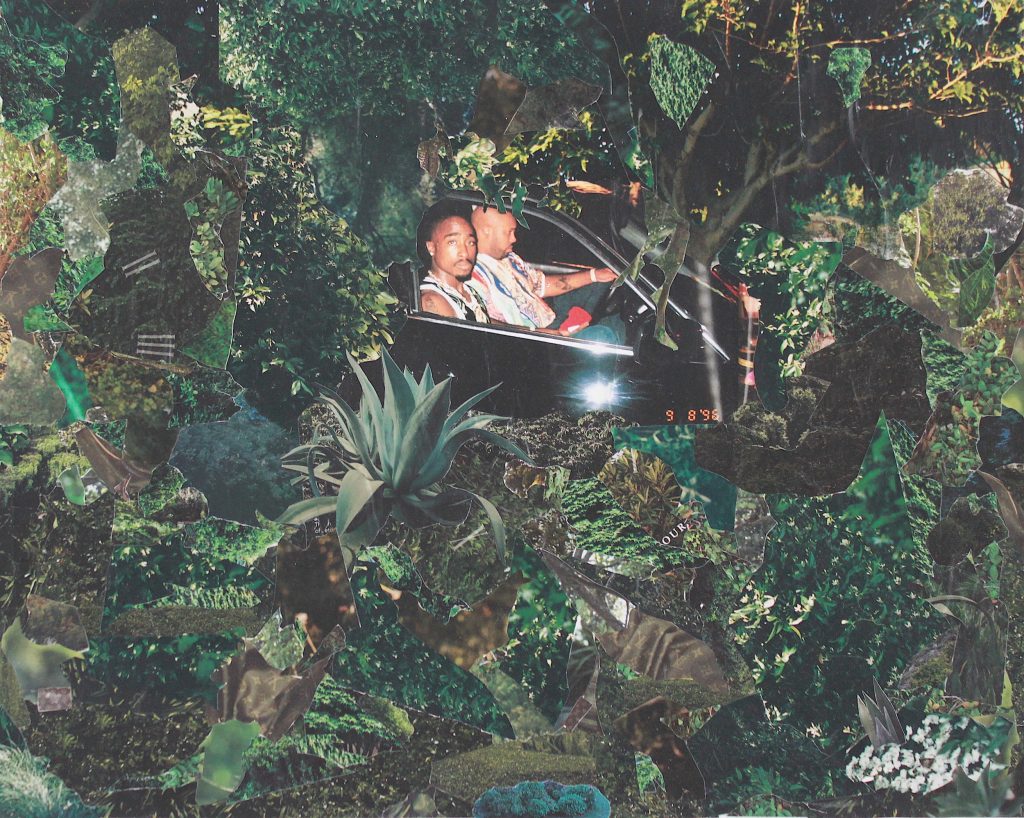
Lester Julian Merriweather, Moment (from #BetterGardensAndJungles) (2017). Courtesy of the artist, © Lester Julian Merriweather.
“Twenty-first-century collage is an arguably understudied and undervalued medium, especially in museum exhibitions,” explained Katie Delmez, senior curator at the Frist Art Museum and the exhibition’s curator. “‘Multiplicity’ is an opportunity to spotlight the formal complexity and vibrancy of the technique and to assert its contributions to the field through the lens of some of today’s leading artists.”
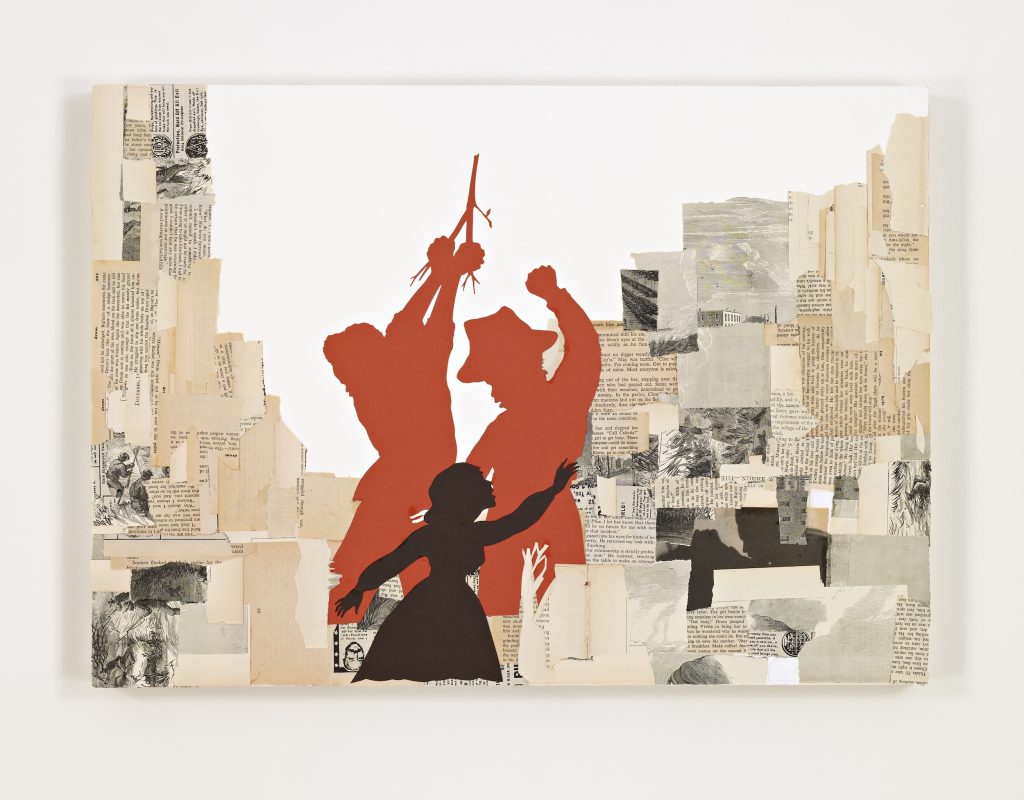
Kara Walker, Divining Rod (2007). Courtesy Sikkema Jenkins & Co., © Kara Walker.
Collage originated with French Cubists and German Dada artists a century ago, and the tradition has been taken up in innovative ways by African-American artists such as Romare Bearden, David C. Driskell, Jacob Lawrence, and Faith Ringgold. Some of the artists in “Multiplicity,” like Mutu and Deborah Roberts, principally work in collage, while it’s just a part of the practice of many of the others.
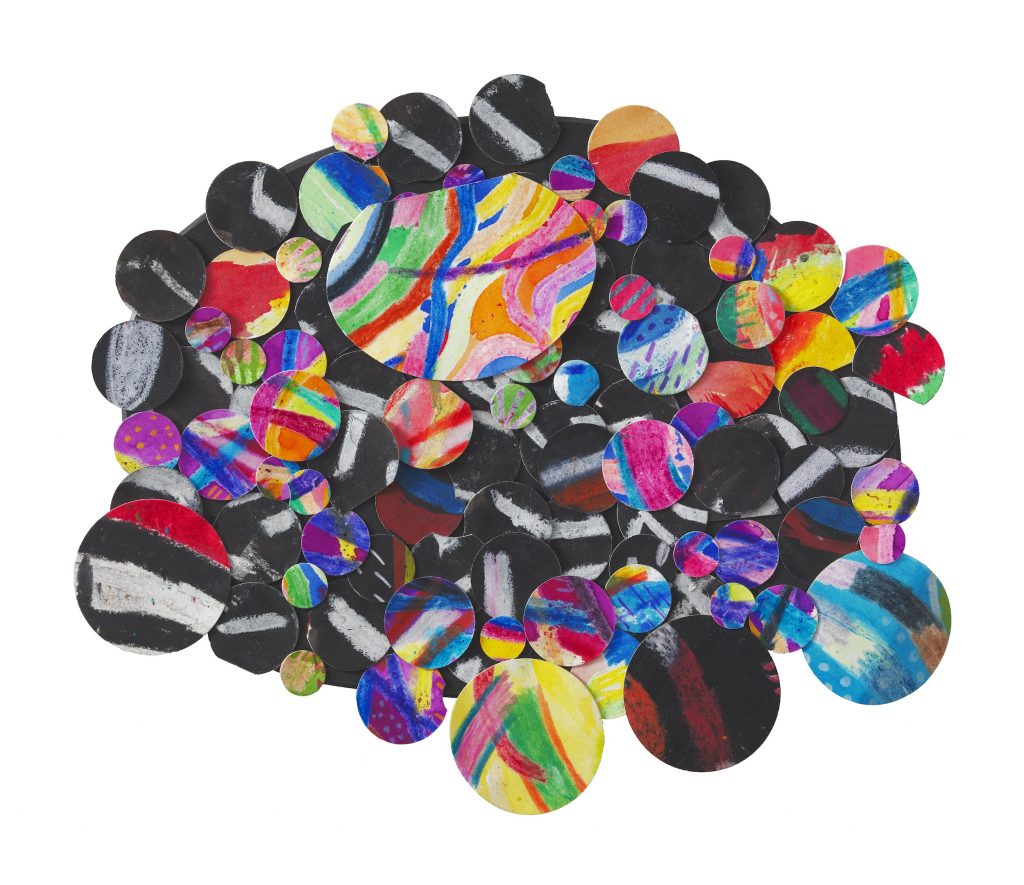
Howardena Pindell, Untitled #3C (2009). Courtesy of the artist and Garth Greenan Gallery, © Howardena Pindell.
“The exhibition asserts that collage parallels how identity is constructed with a multitude of elements that create a singular whole,” said Adrienne L. Childs, senior consulting curator at the Phillips Collection and organizing curator for the presentation in Washington. “The process of merging form and content aptly represents Black life. The artists create multifaceted works through the meaningful use of objects from their own lives that reflect their experiences and concerns.”

Lorna Simpson, 4 Walls (2023). Courtesy of the artist and Hauser & Wirth, © Lorna Simpson.
A catalog further explores some of the ideas in the exhibition and includes essays by contributors such as UCLA African art assistant professor Tiffany Barber, Boston University art historian emerita Patricia Hills, Virginia Museum of Fine Arts curator Valerie Cassel Oliver, and Duke University art historian Richard J. Powell.
“Multiplicity: Blackness in Contemporary American Collage” will be on view at the Phillips Collection, 1600 21st Street, NW, Washington, D.C.m July 6–September 22.





